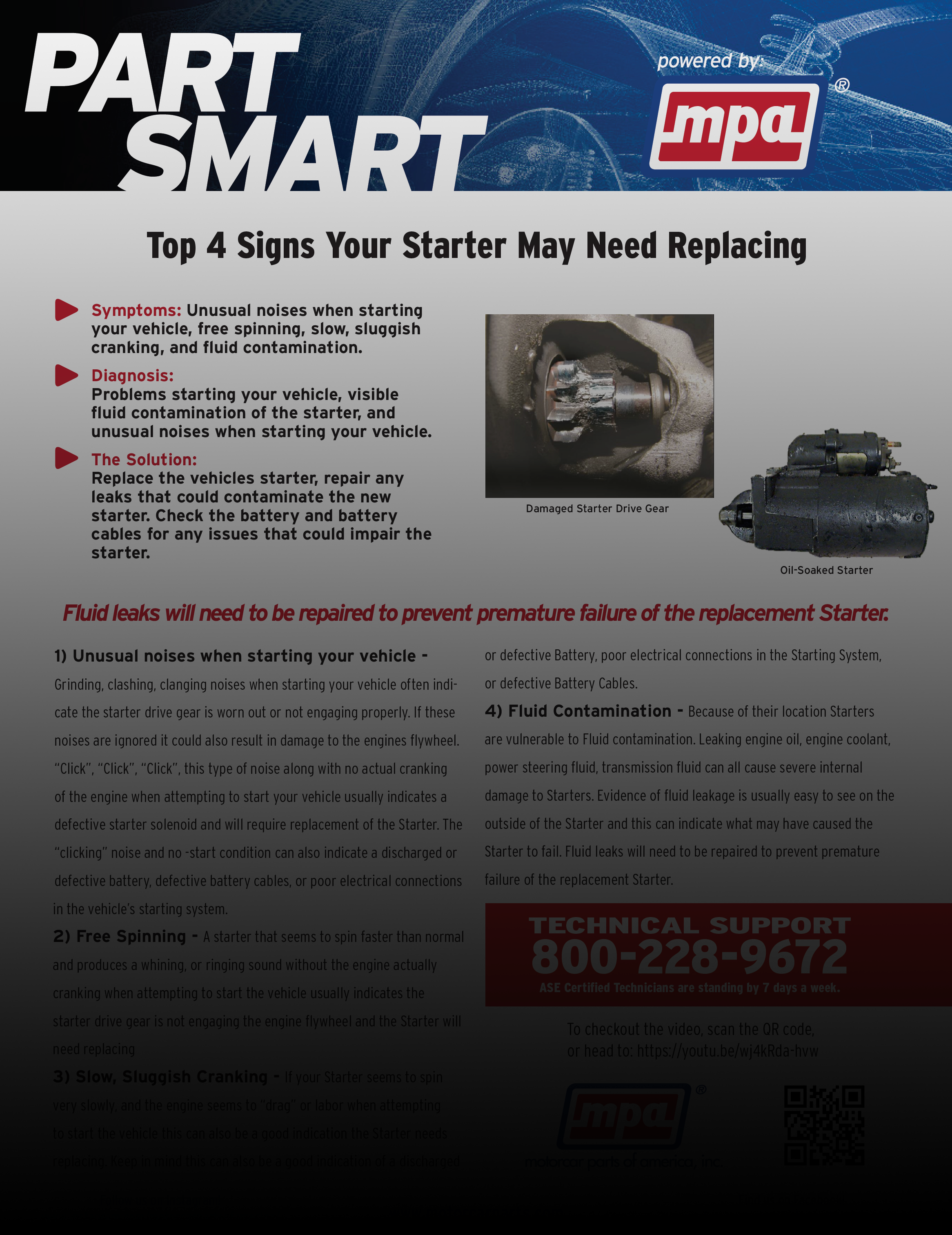

Many chainsaws have a choke position that is used to start the saw in cold weather. If you believe fuel has flooded the chainsaw engine, pull the starter cord several times while holding the throttle, dry and replace the spark plug, and then try starting the chainsaw again. A common indication the engine has been flooded is the smell of gasoline in the air. If the operator has repeatedly been trying to start the chainsaw through the recoil starter system, they may have accidentally flooded the engine with fuel. The chainsaw’s engine is flooded with fuel.Ī fuel issue is one of the most common reasons why a chainsaw won’t start. Others may require the user to replace the recoil starter in its entirety. Some chainsaw models allow the rewind spring to be replaced individually. If, after the initial pull, the cord doesn’t rewind and the engine won’t start, then the issue is likely with a broken rewind spring, and it needs replacing. The rewind spring is a part of the recoil starter assembly that rewinds the starter cord after each pull. Photo: The chainsaw may have a broken rewind spring. To replace the carburetor, purchase one that is compatible with the chainsaw, then follow the manufacturer’s instructions to switch them out. If the engine starts momentarily and then dies, the carburetor is likely why the chainsaw won’t start.

To test the carburetor, remove the air filter, pour a teaspoon of fuel into it, and pull the starter rope. It could be damaged or old and no longer functioning. If the carburetor is too clogged up to be thoroughly cleaned (or if repeated cleanings don’t get all the buildup out), it may need replacing.

The carburetor might need to be replaced. To unclog a carburetor, drain the fuel, spray the carburetor with a specialized cleaning solution, and wipe it clean. If the clog is minor, clean out the carburetor. If fuel has been left in the engine for too long, it can become sticky and clog the carburetor, preventing it from starting. The carburetor might be clogged and needs to be cleaned.Ī chainsaw’s carburetor mixes air and fuel to start the internal combustion engine. If the spark plug appears fine visually, but you haven’t changed it in a few seasons, replace it anyway. If the spark plug has one or more of these issues, replace it with a new one. There may also be a heavy carbon buildup or a burned-up electrode. Remove the spark plug and inspect if it is dirty, cracked, eroded, or damaged. If your chainsaw has a defective spark plug, it cannot create an electrical current to ignite the system.


 0 kommentar(er)
0 kommentar(er)
